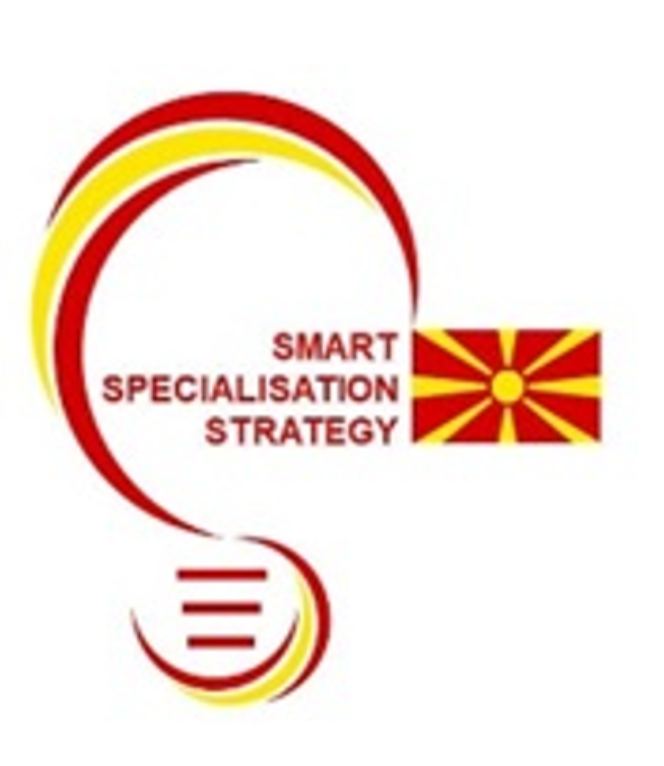[This news article is an AI translation of the original source available in Macedonian language here]
The Government of the Republic of North Macedonia, at its 207th session held on December 12, 2023, adopted the “Smart Specialisation Strategy for the Republic of North Macedonia 2024-2027,” and the “Action Plan 2024-2025.”
The Smart Specialisation Strategy is the new research and innovation strategy that will replace the Competitiveness Strategy (2016-2020) and the Innovation Strategy (2012-2020), which have expired. The strategy will add value to the national strategic framework and establish synergy with other relevant strategic documents such as IPA 3 Strategic Response – Window 4 Competitiveness and Inclusive Growth, the Industrial Strategy (2018-2017), the Strategy for Small and Medium Enterprises (2018-2023), the Accelerated Growth Plan (2022-2026), and other strategic documents related to research, development, and innovation, including the new National Development Strategy which is in the preparation phase. Additionally, the strategy is correlated with several European strategic documents and initiatives related to the Western Balkans Agenda for Research and Innovation, the new Western Balkans Growth Plan, the new European Innovation Agenda, the European Green Deal, etc.
The timeframe of the strategy is four years, and the funding for implementation is provided by the Budget of the Republic of North Macedonia and other sources of financing, namely donor programs and projects.
The vision of the Strategy is to promote green and sustainable growth through the integration of knowledge, innovation, and technology, to create high-value-added products and services competitive on the international and domestic market.
To achieve the vision of the Strategy, four vertical priority areas have been identified that have the highest economic, innovative, and research capacity to create new added value, namely:
- Smart agriculture and higher value-added food;
- Information and communication technologies (ICT);
- Electro-mechanical industry – Industry 4.0;
- Sustainable materials and smart buildings;
and two horizontal priority areas that have a mutual connection with the vertical areas and possess potential for cross-innovation:
- Energy for the future, and
- Tourism;
Strategic (general) objectives of the Strategy are:
- Laying the foundations for scientific excellence;
- Improving the innovation ecosystem;
- Enhancing the competitiveness and ecological sustainability of the business sector;
- Developing human capital and skills for innovation, green, and digital transformation;
- Digital transformation of the economy and society; and
- Cross-goal: Ensuring continuous dialogue on smart specialisation and good governance.
According to the strategic (general) goals, specific objectives are also set, which will be implemented through a larger number of measures and activities, namely a mix of policies following the EU orientation for a green transition and a strong and comprehensive use of digital solutions.
By the end of the four-year period, the implementation of the Strategy is expected to achieve:
- Improvement of the overall innovation performance of the country[1];
- Improvement of the country’s innovation ecosystem ranking on a global level[2];
- Increased academy-industry collaboration in the field of research, development, innovation;
- Higher rate of innovative business entities;
- Increased number of innovators;
- Increased employment rate in research and development (% of total active population)[3].
The Strategy was developed in collaboration and according to the methodology of the European Commission Joint Research Center – JRC, with their continuous leadership and systematic support from international and local experts, at all stages. Several donor projects that supported certain activities and shared their knowledge and experience were also involved in the strategy development process.
The Ministry of Education and Science and the Ministry of Economy coordinated the strategy development process, undertaking a range of activities and intensively collaborating with other relevant institutions from the private, academic, public, and civic sectors according to the quadruple helix model.
[1] Summary Innovation Index (European Innovation Scoreboard – EIS)
[2] Global Innovation Index – GII (World Intellectual Property Organization – WIPO)
[3] Share of R&D personnel and researchers in total active population and employment by sector of performance and sex (Eurostat)

